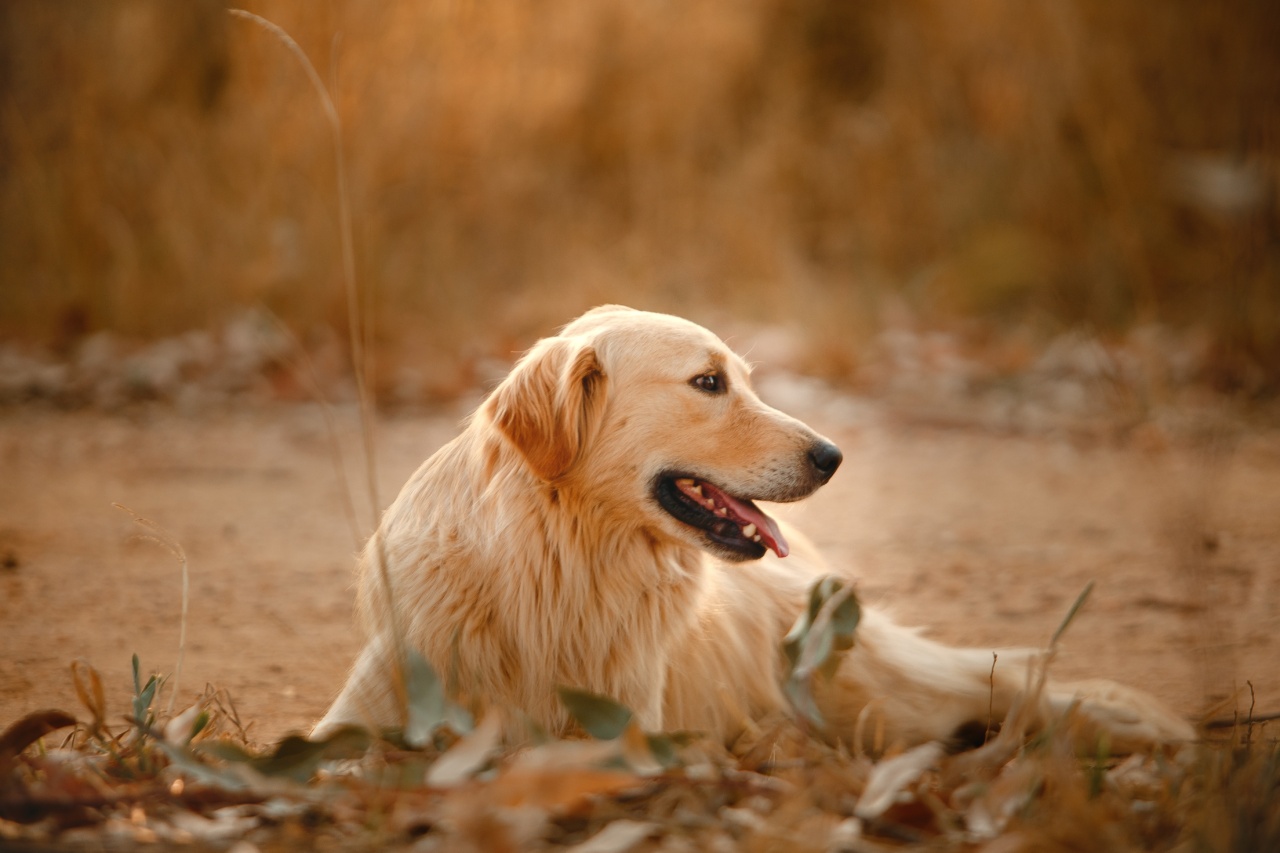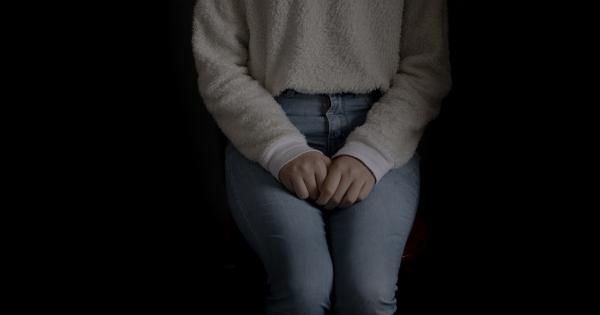Fear is a natural emotion that both humans and animals experience. Dogs, being highly sensitive and attentive creatures, are prone to feeling scared in certain situations.
As a responsible dog owner, it is essential to know how to calm down a scared dog to ensure their well-being. In this article, we will explore various techniques and strategies to help alleviate fear and anxiety in your furry friend.
Recognizing Signs of Fear
Dogs communicate their fear through various signals. It is crucial to pay attention and identify these signs to address their anxiety effectively. Some common indicators of fear in dogs include:.
- Tail tucking between the legs
- Excessive yawning
- Whining or whimpering
- Panting heavily
- Trembling or shaking
- Pacing or attempting to escape
- Excessive drooling
- Avoidance or hiding
- Growling or snapping
- Urinating or defecating indoors
Creating a Calm Environment
Creating a calm and safe environment is essential when trying to calm down a scared dog. Here are some tips to consider:.
- Remove the Source of Fear: Identify what is causing fear in your dog and remove it from their surroundings if possible. For example, if loud noises such as thunderstorms or fireworks scare your dog, provide them with a quiet and secure space indoors.
- Play Soothing Music: Classical or instrumental music can have a calming effect on dogs. There are specific playlists available that are designed to reduce anxiety in pets. Playing this music softly in the background can help relax your scared dog.
- Use Appeasing Pheromones: Appeasing pheromone diffusers, such as Adaptil, release synthetic pheromones that mimic a mother dog’s natural calming scent. These diffusers can help alleviate anxiety in dogs and create a soothing atmosphere at home.
- Create a Safe Den: Dogs naturally seek out small, enclosed spaces when they feel scared or anxious. Provide your dog with a safe den-like area they can retreat to, such as a crate or a designated corner in a quiet room. Make it comfortable by placing their bed and favorite toys inside.
Utilizing Calming Techniques
When dealing with a scared dog, it is essential to employ calming techniques to help them relax. Here are some effective methods:.
- Use Deep Pressure: Applying gentle pressure on your dog’s body using a wrap or a tight-fitting shirt can help create a sense of security. This technique, known as “swaddling,” can be particularly useful for dogs experiencing fear during thunderstorms or car rides.
- Practice Deep Breathing: Dogs, like humans, can benefit from deep breathing exercises. Encourage your scared dog to take deep breaths by inhaling slowly and exhaling audibly. You can do this alongside them to provide comfort and show them that there is nothing to be afraid of.
- Try Positive Reinforcement: Rewarding your dog’s calm behavior with treats, praise, or their favorite toy can help reinforce positive associations. This method helps redirect their focus away from fear and promotes a sense of security and trust.
- Massage and Touch Therapy: Gently massaging your dog’s muscles or providing them with soothing touch therapy can release tension and help them relax. Use slow and gentle strokes, focusing on their neck, shoulders, and back.
Seeking Professional Help
In some cases, a scared dog’s anxiety may require professional intervention. If your dog’s fear is severe or persistent, it is advisable to seek help from a certified dog trainer, behaviorist, or veterinarian.
They can provide specific guidance tailored to your dog’s needs and recommend appropriate behavior modification techniques or medications if necessary.
Preventing Fearful Situations
Prevention is always better than cure. Here are some preventive measures to ensure your dog’s overall well-being:.





























